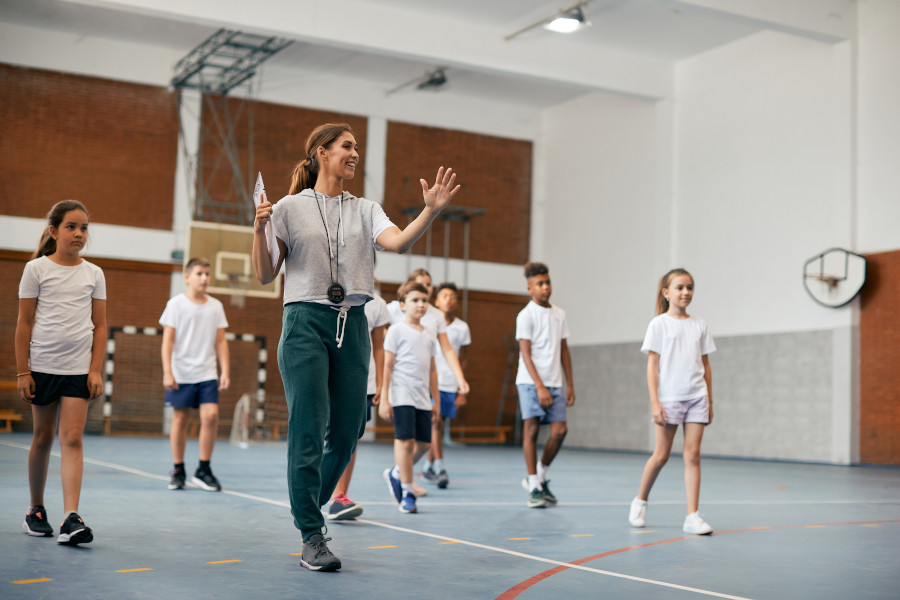Why some students dislike physical education

When it comes to physical education (PE), students and teachers in high school or middle school have always had different perspectives on what purpose it serves. A 1998 study ranked the attributes that a group of 72 high school students and their four teachers attached to PE. For students, having fun and the opportunity to interact with their friends ranked first in what they enjoyed about PE. Teachers, on the other hand, ranked the educational outcomes and benefits of PE as being most important. Twenty-five years later, not much has changed in the divergent views of students and teachers and how they perceive the value of PE.
All too often, the result is a PE curriculum structured around activities such as running or team sports that appeal mostly to teens and adolescents who are avid athletes. Other students may be apathetic about PE or even worse, come to dread these classes.
Here are a few reasons why some students dislike PE, and how teachers can help.
Cardiorespiratory activities can be repetitive and boring
Secondary school PE programs across the country typically place heavy emphasis on cardiorespiratory endurance activities, such as running laps around a track, as the primary way of achieving physical fitness. For students who do not enjoy running, these activities may seem repetitive and boring. This may cause students to develop negative feelings about PE. When kids at an early age develop negative feelings about running or any form of exercise, they are less likely to engage in physical fitness activities when they become adults.
Some teachers recognize this problem and are coming up with creative methods of getting kids to move that are not only fun but provide a great workout. Some examples include tag games, “Simon says,” and dancing, just to name a few.
Activities can be too competitive
Not all people are competitive by nature. Setting non-competitive students against their competitive peers in a PE class causes self-consciousness, intimidation, and anxiety.
One possible solution is to group students by skill level so that teams playing against one another in a traditional PE sport such as basketball, soccer, or volleyball are comprised of students having roughly the same game-playing abilities.
PE class might be too early in the morning
Having just gotten themselves dressed and ready for school, students with first period PE are required to immediately change clothes again and get sweaty. Girls especially tend to dislike this routine because they sometimes do not have enough time to adequately freshen up after PE.
One possible remedy might be for the school administration to schedule PE as the last class of the day or, at a minimum, allow students the choice of taking PE in the morning, at lunchtime, or at the end of the day. This flexibility in scheduling, however, is dependent upon the number of instructors that are available to teach PE throughout the day.
Not enough variety in activities
Traditional team sports such as basketball, volleyball, and soccer make up most of the core curriculum in many secondary school PE programs. But team sports may not appeal to all students.
A “choice curriculum” that offers students the option to participate in team sports, individual sports, or a fitness activity aligned with their personal interests, may be one way to increase their enjoyment of PE. The successful implementation of a choice curriculum requires that schools have enough teachers, space, and PE equipment available to provide students with meaningful instruction.
Activities may not be aligned with student interests
One recent study found that students are more likely to enjoy PE if they are provided an environment where “upbeat” or stimulating music of their generation is played. One student who participated in this study lamented, “they need to get some up-to-date stuff because they keep playing the same music. Elvis, they were playing Elvis!”
Playing music in a gymnasium that appeals to students is an easy fix to get them excited about PE and to get them moving and on the way to becoming physically fit.
The issues discussed in this article are addressed in a study conducted by faculty in Mason’s School of Education in the College of Education and Human Development. We invite you to visit the school’s Health and Physical Education program to learn more about our degree offerings.
